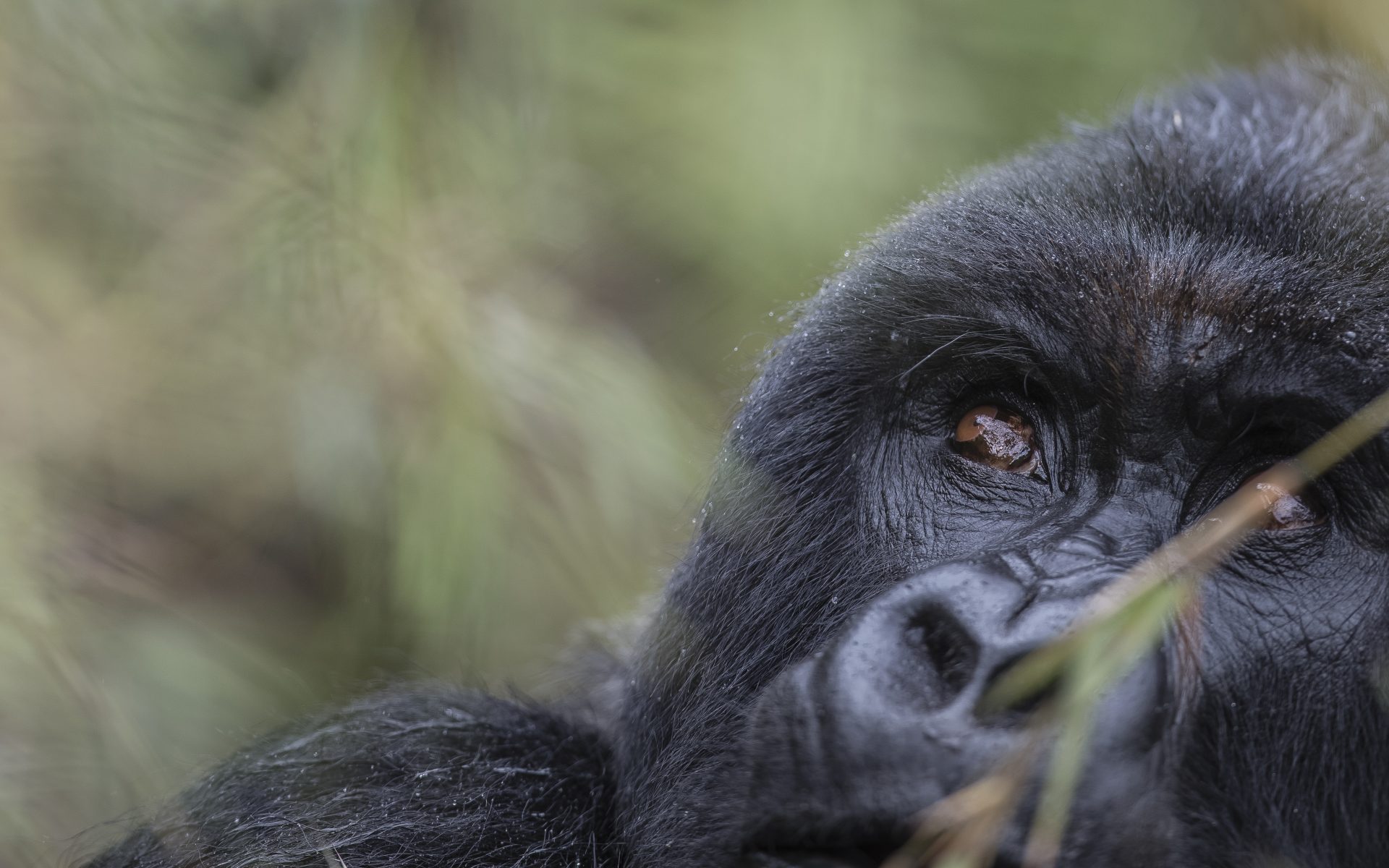Thirty years since gorilla tourism first took place in Uganda, the model is working, with funds generated by the bucket-list experience contributing directly towards conservation efforts, community development, and the overall preservation of Uganda’s natural resources. We take a look at the destination’s success story.
No mountain gorilla has ever survived in captivity. They thrive and flourish as a community when they are able to remain in their natural habitat. Gorilla trekking allows travellers to get up close and personal with these captivating primates while making sure their environment is protected and free from a constant human presence.
Mountain gorillas specifically can only be found in Uganda, Rwanda and Democratic Republic of Congo (which is not really a safe option for tours). Half of their population live in Uganda, where they have helped boost the tourism industry as well as prospering in their natural habitat, a fantastic achievement to dwell on as the 30th anniversary of gorilla trekking is celebrated in the East African country.

In 1991, Bwindi Impenetrable National Park (don’t worry, it can actually be penetrated) was established and became home to a family of mountain gorillas. Local residents were relocated to the surrounding area to make sure the gorillas would not be disturbed by humans. They were, however, exposed to people just enough that they would not be aggressive or nervous when travel groups came to observe the animals. The first family to live in Bwindi were nicknamed Mubare, and two of the female gorillas from this troop are still part of the group 30 years on.
Dr Gladys Kalema-Zikusoka was the first ever vet employed by the Uganda Wildlife Authority, and she has been instrumental in efforts to protect the gorillas. She founded Conservation Through Public Health, a non-profit organisation that promotes conservation by improving the quality of life of people and wildlife, enabling them to co-exist in and around protected areas of Africa.
Gorilla trekking 30 years ago was very exciting. Tourism had just begun and there was a contagious air of hope that people would be lifted out of poverty. At the time there were only two gorilla groups habituated for tourism and one for research. There were only about five lodges to stay in at the time; there was more camping and overland trucks in Bwindi. There were very few tourists, only a maximum of 12 per day. With no advanced tracking team, it took much longer to find the gorillas. The rangers had to rely on walkie talkie radios to communicate with each other because there were no mobile phones. The experience was very special because the gorillas were harder to find. You had to first begin from where the gorillas were left behind the previous night, locate their night nests and then follow the trails they left behind to find where they were, so everyone became a gorilla tracker!

In addition to Bwindi Impenetrable National Park, Uganda’s Mgahinga Gorilla National Park, smaller in size, is also now a protected area for mountain gorillas. Treks involve hiking through dense forests, crossing streams and rugged terrain, to reach the gorillas, with the best conditions offered from December to February and between June and August.
Tourists are able to purchase permits to hike through these luscious green spaces and watch the animals, but must move on after one hour to maintain the primates’ privacy and freedom. Gorillas share just over 98% of their genetic code with humans, and their complex relationships are fascinating to observe.
Since Bwindi and Mgahinga started protecting the mountain gorilla population, their numbers have thankfully grown. In 1993, it was recorded that 270 individual mountain gorillas lived in Uganda. At the last census in 2018, there were 470 and it is estimated that the next five-yearly census will show there are more than 500 individuals living in the country. Mountain gorillas are still an endangered species, but no longer critically so, and the future looks hopeful.
Gorilla treks allow humans to observe these beautiful creatures, as well as preserving their environment for future generations. By visiting Uganda and supporting gorilla tourism industry, you are not only helping to conserve these magnificent creatures, but also helping to build a brighter and more sustainable future for our country.
Seeing gorillas in their natural habitat is a life changing experience that will stay with you forever!



